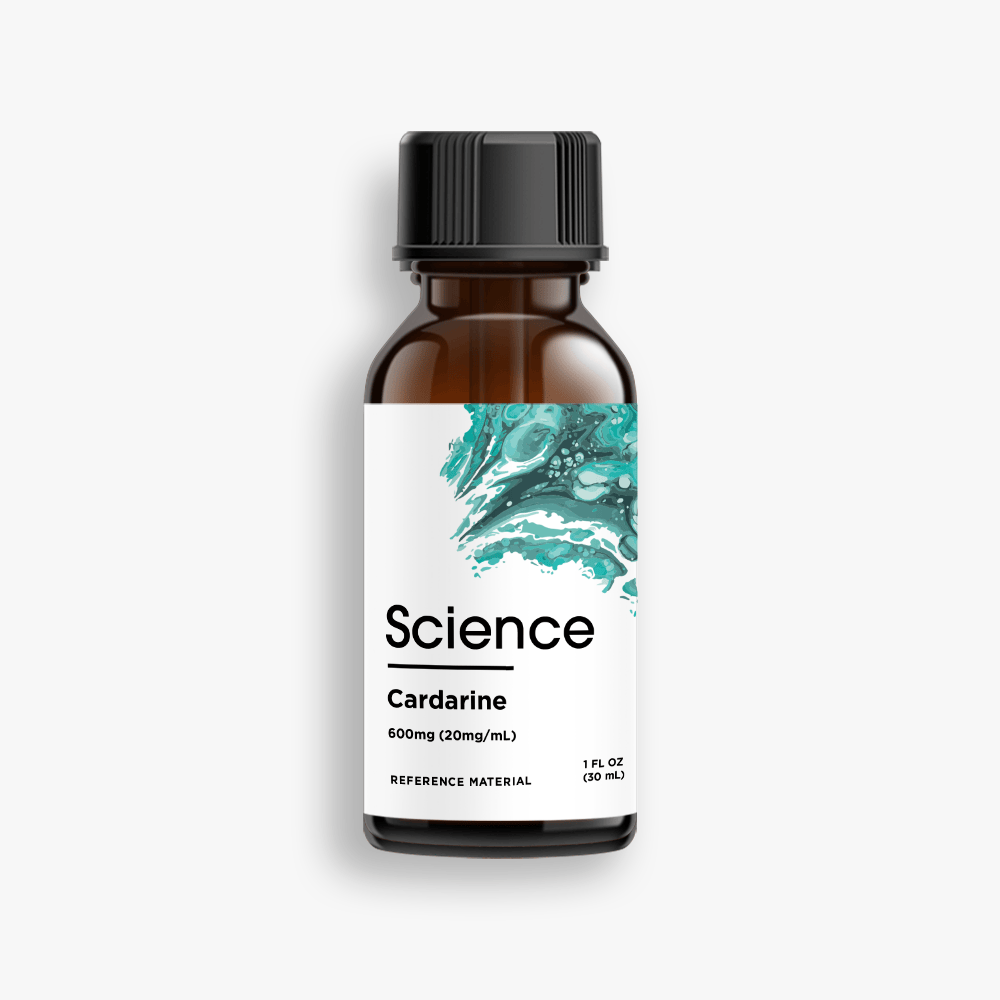Cardarine GW-501516 is a PPAR-delta receptor agonist, not a SARM.
Bodybuilders and Fitness Enthusiasts take it for its effects on endurance, energy use, and fat metabolism. Unlike SARMs, it doesn’t bind to androgen receptors. It activates the PPAR-delta pathway, which plays a key role in how the body burns fat and uses energy.
RCH offers this product from Science.bio. It is chosen for its high purity, strict testing, and consistent performance in lab settings.
How It Works
Cardarine GW-501516 may help boost energy output by activating PPAR-delta receptors.
This process encourages the body to burn fat for fuel, especially during endurance-based activity. Studies also suggest it helps increase stamina and metabolic efficiency.
Core Details
- Application: PPAR-delta receptor agonist
- CAS Number: 317318-70-0
- Molar Mass: 453.50 g/mol
- Formula: C₂₁H₁₈F₃NO₃S₂
- Solubility: Ethanol, PEG400
- Form: Clear liquid in PEG400 (stabilized with BHT)
- Storage: Room temperature
Why Researchers Use it?
Endurance Support: Some studies show enhanced stamina and energy use in test subjects.
Fat Use: Helps the body tap into fat stores for energy—ideal for fat metabolism research.
PPAR-delta Activation: Its unique action on PPAR pathways sets it apart from other compounds.
Precision Dosing: Includes a graduated 1 mL pipette for accurate, repeatable measurements.
Why Choose RCH?
- High-purity compounds, lab-tested and verified
- Fast, secure shipping
- Trusted by the research community
- Public lab reports are available for full transparency
FAQs
1. Is Cardarine GW-501516 a SARM?
No. it is a PPAR-delta agonist, not a SARM. It works on different receptors to influence energy use and fat metabolism.
2. Can it be used for human consumption?
No. This product is for research use only. It is not approved for human or animal consumption.
3. What kind of research is Cardarine GW-501516 used for?
Studies often explore its impact on endurance performance, fat metabolism, and energy regulation in test models.
4. How should you measure dosage?
There is no universal dose. The amount used depends on the goals of the experiment and should follow a clear research protocol.


